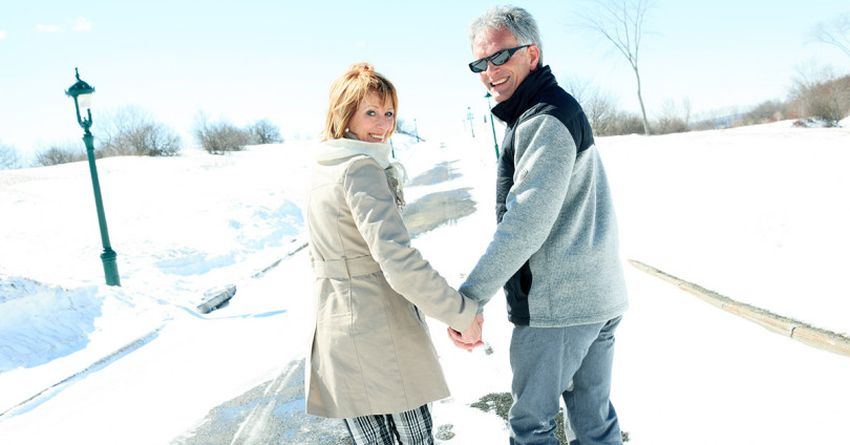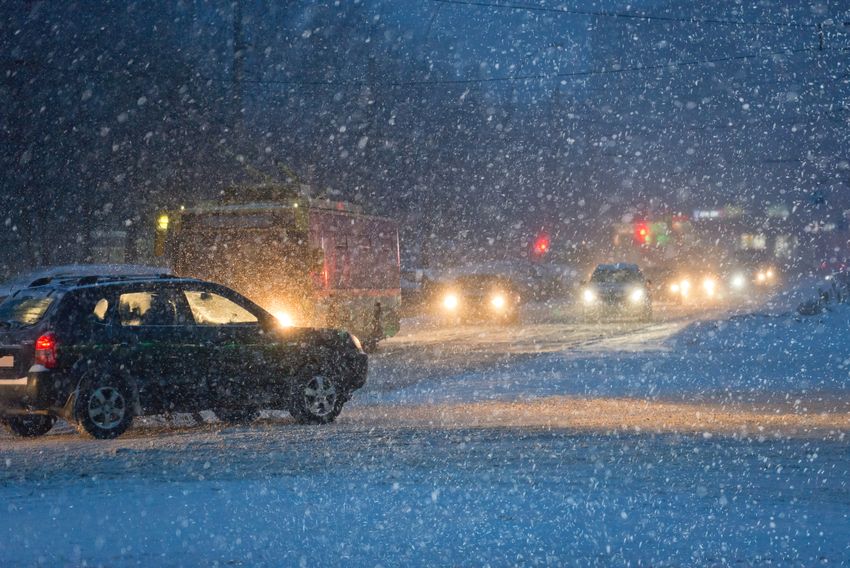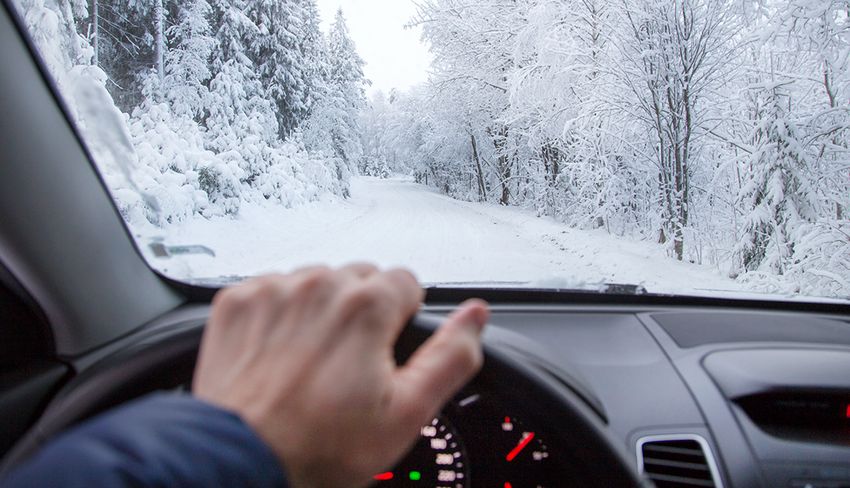Driving in the winter months can be much more hazardous than at other time of the year, thanks to darker conditions and adverse weather conditions. With the clocks going back at the end of October, being out and about on the roads can be dangerous unless you follow important safety tips.
Whether you are behind the wheel, on a bike or on foot, following some key road safety tips can help to protect you from any potential incidents or accidents. Remember, if the weather is bad, consider avoiding driving altogether if possible.
Safety tips for pedestrians

source:health.sunnybrook.ca
Despite icy weather and dark mornings and evenings, we still need to go about our daily business. This includes going for that morning jog, walking the dog or walking home from school. As a pedestrian, it’s important to make sure you are visible to other road users to avoid being involved in an accident.
Investing in the right safety torches, such as Energizer torches from BuyaBattery.com, can ensure you remain noticeable near the road, whatever you are doing. Headlights in particular can be a huge help for joggers, as it can provide visibility for drivers as well as themselves when running in darker conditions.
It’s more important than ever to only use dedicated pedestrian crossings, and consider giving children something bright or fluorescent to carry when out in the dark. This could include reflective clothing or something on their school bag that emits a light.
During the darker winter months, accidents are more likely to happen; especially with events like Halloween and Bonfire Night coming up where more children are out in the evenings.
Driving in the dark

source:elephant.com
Driving in the winter months means you are likely to encounter dark conditions, as well as potentially driving in the snow. When driving in the dark, it is important to use your lights appropriately on the road. It’s helpful to turn dipped headlights on an hour before sunset, and keep them on an hour after sunrise to enhance your visibility to other road users.
Use your full beam on unlit country roads to help you see better, but remember to switch back to the dipped beam if you encounter another vehicle.
Make sure you have had your eyes tested recently to make sure you meet the legal vision requirements for driving. Driving in twilight or in the dark can be the first time motorists notice something is wrong with their vision.
If you are on a bicycle, make sure your cycle lights are working and that you are wearing some form of reflective clothing.
Driving in the snow

source:aarp.org
Not many of you will have had a lot of experience driving in the snow, and it can be a real challenge at times. It’s crucial that you plan your route and leave much more time to get there. No matter how far you are going, pack essentials like a blanket, hi-vis clothing, de-icer and a first aid kit.
If you really need to drive in the snow, accelerate gently and use low revs. Change up to a higher gear as quickly as possible, and consider moving off in second gear to reduce wheel slip.
If you do skid at some point, steer gently into it. This means if your car is sliding to the right, steer to the right. Remember not to slam on the brakes.





